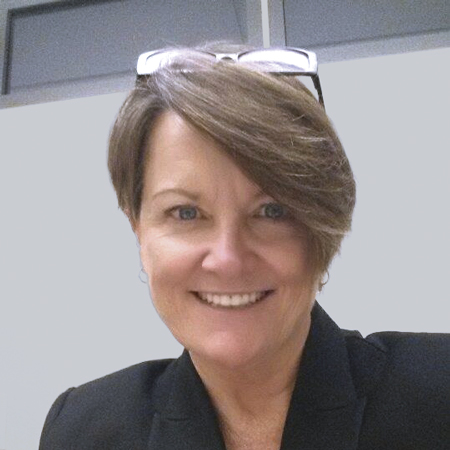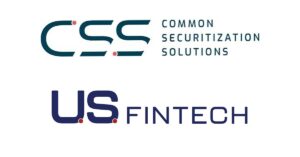When a new law, rule or regulation is released, banks and mortgage companies need to readily see its potential risk as well as the impact on compliance programs. All financial institutions have methods of tracking this process, otherwise known as a regulatory change management program. Ideally, companies have a library where these changes can be noted and accessed by the entire enterprise.
Traditional compliance management systems have not evolved at the same pace as compliance risk. Achieving these critical connections has become increasingly challenging when using spreadsheets or other manual processes to track the scope of changes as they occur.
Given the complexities of today’s regulatory landscape — together with the speed of change — automation is a necessity for financial institutions that seek to remain agile and competitive. Automation provides your compliance team with the ability to holistically and collaboratively analyze regulatory changes, all while filtering out noise from regulations that have no impact on your financial institution.
If your processors and underwriters are spending less time untying regulatory knots, they’ll have more time to move loans through production, increasing borrower satisfaction and boosting everyone’s bottom line. Whether you are just getting started on the path to automation, or your resources are approved and you are contemplating the next steps, a bit of advanced preparation and planning will help you reach your goals more quickly.
Companywide focus
Managing the full scope of regulatory change relevant to your bank or mortgage company is unsustainable without a formal, documented regulatory change management process that is owned by the whole organization. This is not something that a single department can accomplish; it must be viewed as a companywide activity.
If you don’t have a formal regulatory change management process, or you simply want to explore improvements to your current system, start by putting a representative at the table from each area invested in regulatory change at your institution. This includes legal, compliance, audit, risk, procurement, senior leadership and any other business areas that might be facing a regulatory change.
Once you have all these stakeholders together, you can start exploring their needs. This encourages ownership within the organization and expands your regulatory change management processes beyond the needs of the compliance or legal department. Developing a more holistic view of what your regulatory change management process should look like helps your financial institution focus on the jurisdictions, laws and regulators to monitor.
Collectively, it also is beneficial to examine any systems, manual records or other resources that are in place and can be leveraged to either build an automated process or improve your manual process. Obtain everyone’s recordkeeping and reporting requirements, and include wish-list items. Consider what is available in-house, or what an affiliate or subsidiary might have to share. Think about what your regulators and trade associations have to offer. It’s unlikely that you are maxing out all the benefits available to your institution.
Assessing options
Once you’ve decided on automation, how do you begin the journey? Start with research, which can include speaking to peers and reviewing the industry ratings of established regulatory change management content providers. It also is a good idea to include your procurement department in any decisionmaking so that no ugly surprises pop up regarding your institution’s requirements.
Be realistic about what you want or need automation to do, then determine which features are most important to your institution. While creating your wish list for automation, strongly consider requiring flexible technology for the regulatory content data feed, as your institution may change governance, risk and compliance platforms at some point.
Having flexible technology will permit you to choose whether to use a vendor’s software or your own. In either case, it offers the flexibility to move the process to another platform if the need arises. Also, think about the depth and breadth of the coverage you need, particularly if you are a global institution or might become one. Ensure that third-party providers can exhibit their commitment to growing their content by adding new regulatory bodies or accommodating regulatory scheme changes that your institution may face through new products, services or acquisitions.
Finally, don’t forget to look at how automated solutions apply artificial intelligence (AI) to the regulatory change management process. While the use of AI is almost a given, be sure to ask about what is done with these machine-derived results. There are far too many nuances in regulatory compliance changes to leave it entirely to the machines, so you may want to consider a solution that includes a human-expert validation step.
Looking ahead, it doesn’t appear that the speed and complexity of regulatory changes will let up anytime soon.
Persuasive need
Looking ahead, it doesn’t appear that the speed and complexity of regulatory changes will let up anytime soon. For most institutions, manual monitoring of regulatory change is no longer an option.
While there are numerous benefits to automating your program, the risk of being caught off guard by an important regulatory change — and potentially harming your clients — are the most persuasive arguments for automation. As you begin your search for an automation partner, remember that poor planning can derail your efforts. Make sure you’ve done your homework to determine what your institution needs before you approach a solutions provider.
You may even want to implement a request-for-information or request-for-proposal process. This clearly states what you want and need, helping to weed out any providers that don’t measure up while ensuring more informed decisions. ●
Author
-

Elaine Duffus is a senior specialized consultant with Wolters Kluwer Compliance Solutions. She brings more than 20 years of professional expertise, including positions as chief compliance officer in the insurance, securities and banking industries. Her work includes helping clients assess, understand and manage their regulatory content needs.
View all posts






